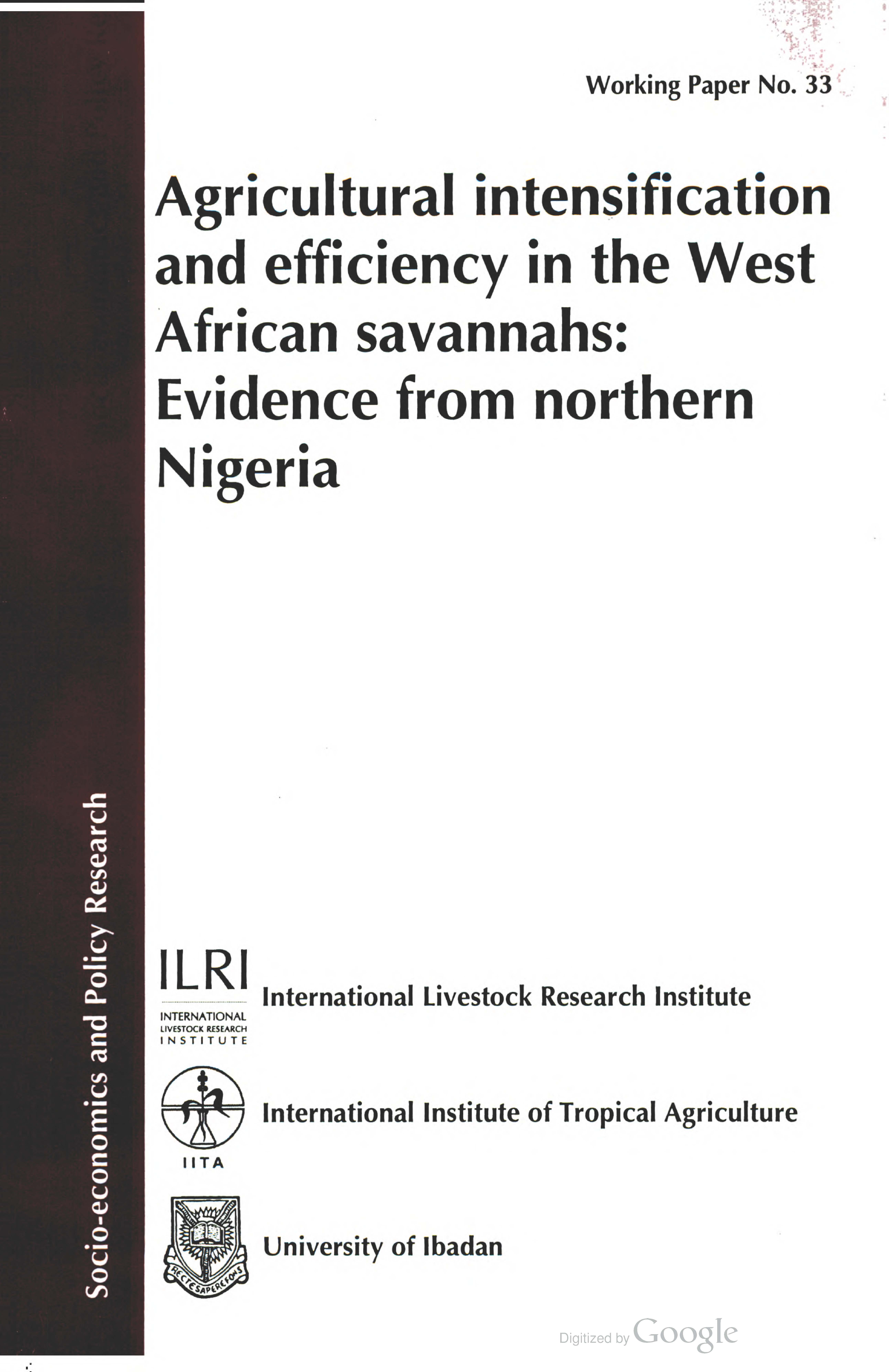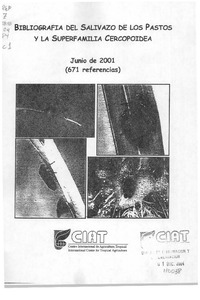La arquitectura del pastoreo: Uso del espacio y sistema de asentamientos en la Puna de Atacama (Susques)
El objetivo del trabajo es contribuir al conocimiento de la arquitectura del pastoreo en los Andes. El foco regional del estudio es Huancar en el Departamento Susques (Jujuy, Argentina). En primer lugar se describen los sistemas de asentamientos vinculados con las actividades pastoriles de Huancar y luego se presentan los esquemas del uso del espacio por parte de los pastores. Finalmente, se analizan los significados que el espacio tiene para los pastores







